
Slides: AI-generated news or not?
In this classroom activity, students determine whether three examples of news articles are AI-generated or written by journalists.
Looking for classroom resources? NLP’s resource library includes lesson plans, classroom activities, posters and infographics, quizzes, training materials and videos for educators teaching news literacy.
In this classroom activity, students determine whether three examples of news articles are AI-generated or written by journalists.
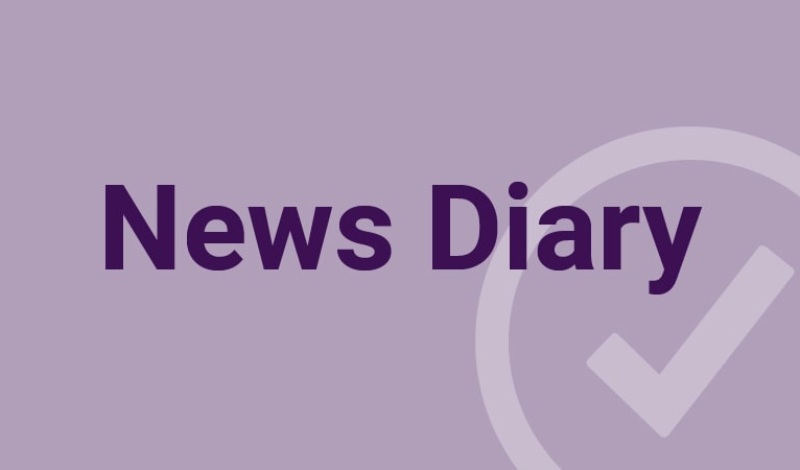

In this activity, students will commit to following daily news coverage from a credible, standards-based news organization for a


This recap of six viral falsehoods about the 2024 U.S. presidential election candidates teaches students about three different types
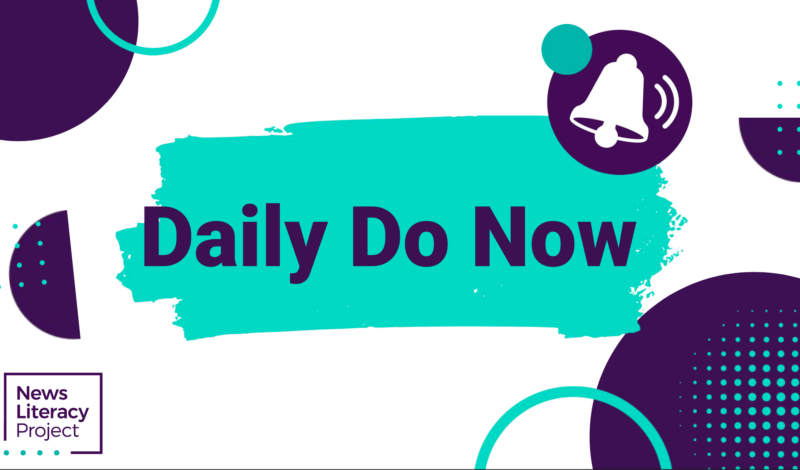

This collection of “do now” resources is an ideal way to maximize news literacy learning in the opening minutes
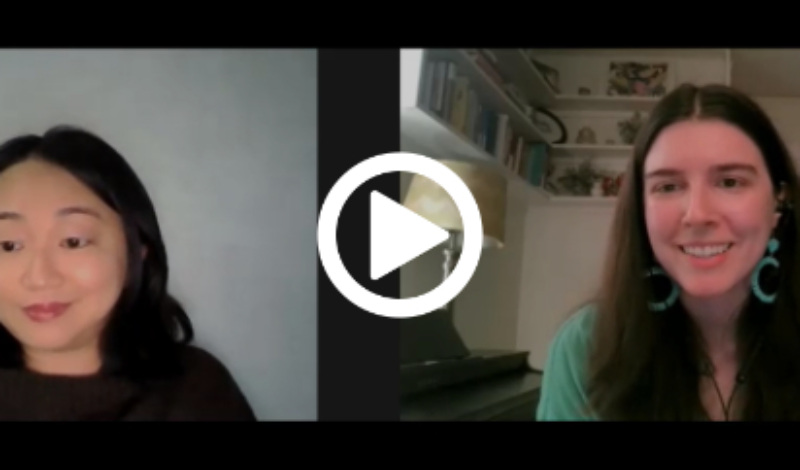

In this video, we talk to news editor Flora Peir of The 19th*, a nonprofit newsroom that reports


Discussion questions, vocabulary and classroom activities to help you teach about how to differentiate between news and the views
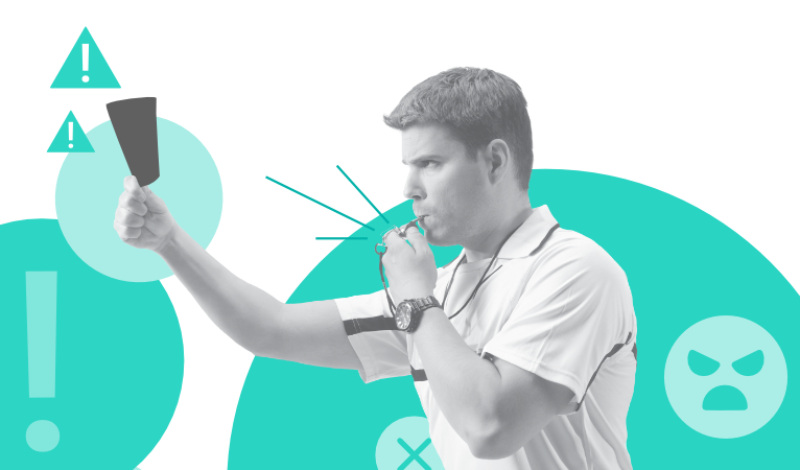

Discussion questions, vocabulary and classroom activities to help you teach about misinformation in sports.
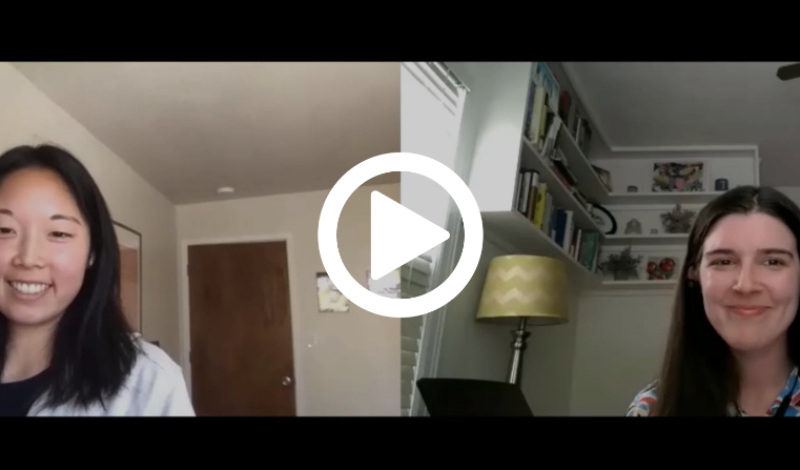

This week, we talk to data journalist Nami Sumida about her work reporting stories and creating interactive graphics on


Listening guides are designed to support educators in using NLP’s Is that a fact? podcast in the classroom by


This week, we talk to Kent Porter about his work as a photojournalist at the Santa Rosa Press Democrat
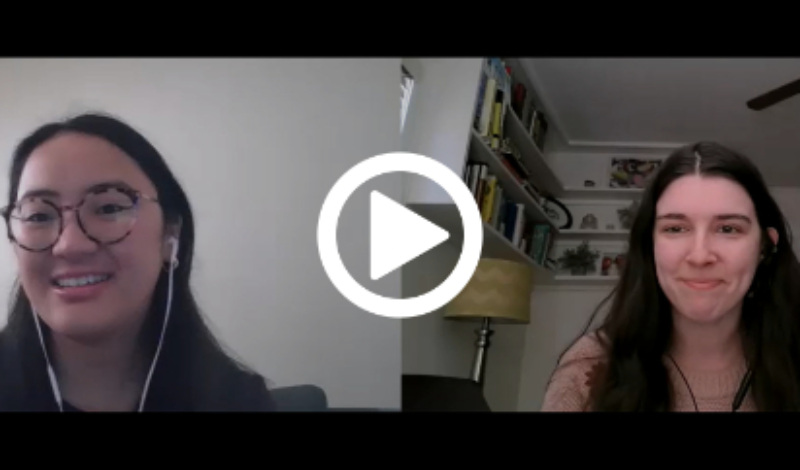

This week, we talk to Karena Phan, a reporter for the news verification team at The Associated Press. Phan
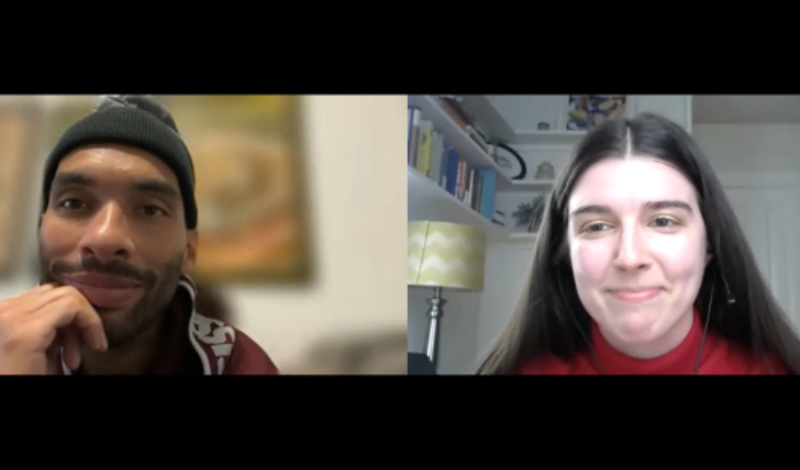

This week, we talk to Los Angeles Times reporter Libor Jany about his role covering the Los Angeles Police
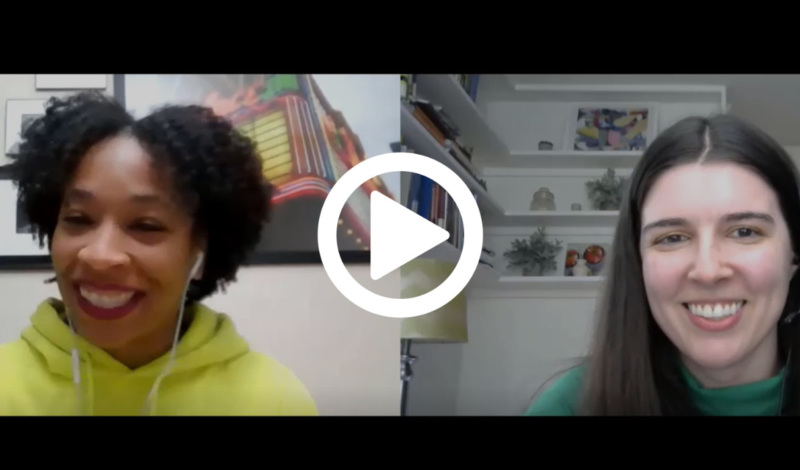

This week, we talk to Candace Buckner of The Washington Post about her role as a sports columnist. Buckner


This week, we talk to data reporter Emilie Munson of the Times Union, a local news organization based in
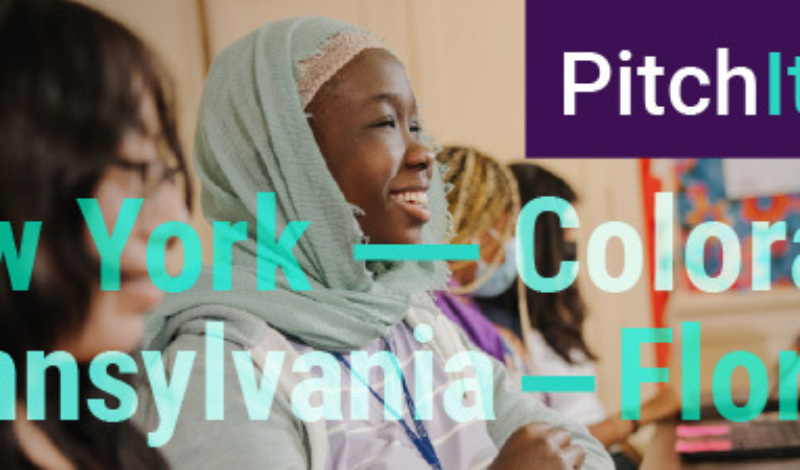

Student voices are catalysts for positive change in schools and communities. You can empower them to be well-informed and
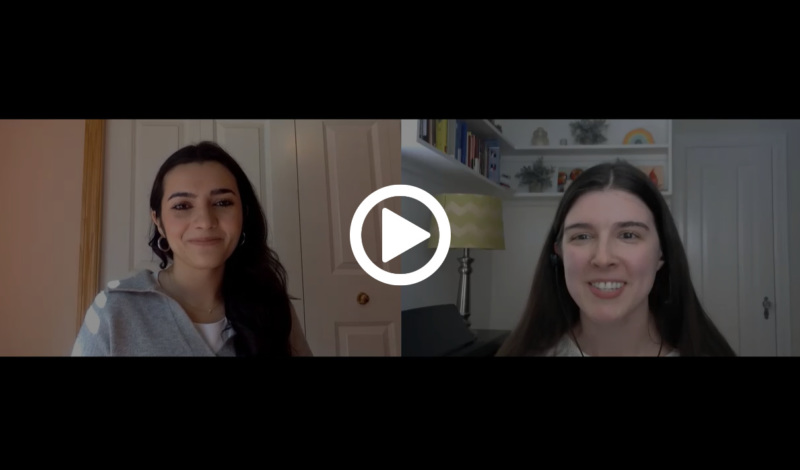

This week, we talk to Washington Post reporter María Luisa Paúl about her recent story on 7-year-old Tariq, whose
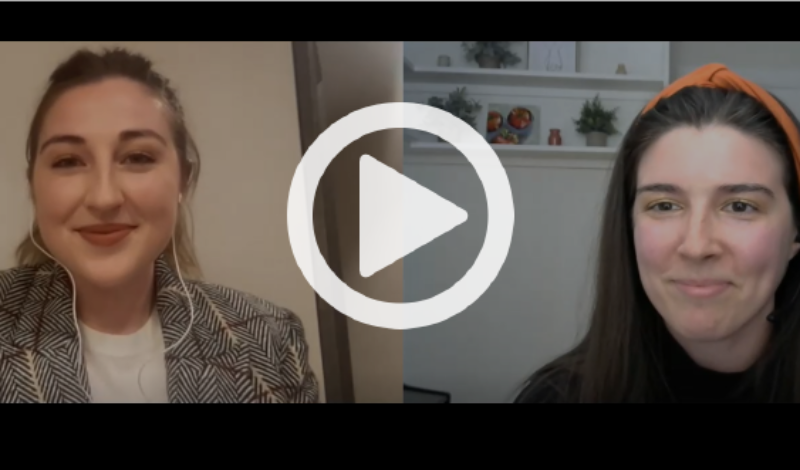

This week, we talk to Seana Davis, a journalist with the Reuters Fact Check team, about her work monitoring,


This week, we talk to journalist Candice Norwood about her role as a breaking news reporter at The 19th*.
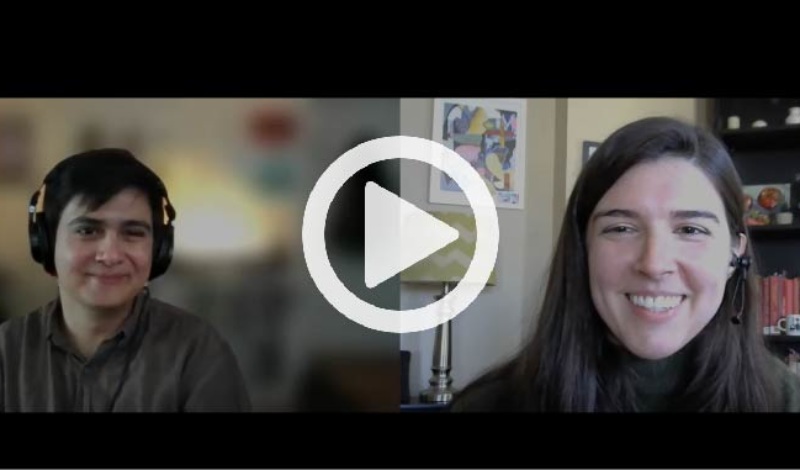

This week, we talk to Miguel Otárola about how he decides which story ideas to pursue.
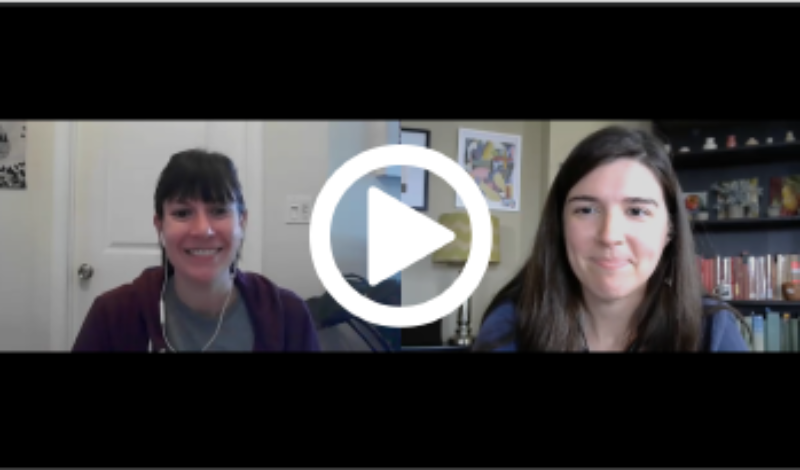

This week, we talk to Emily Hoerner of the Chicago Tribune about her recent story on public restroom access.
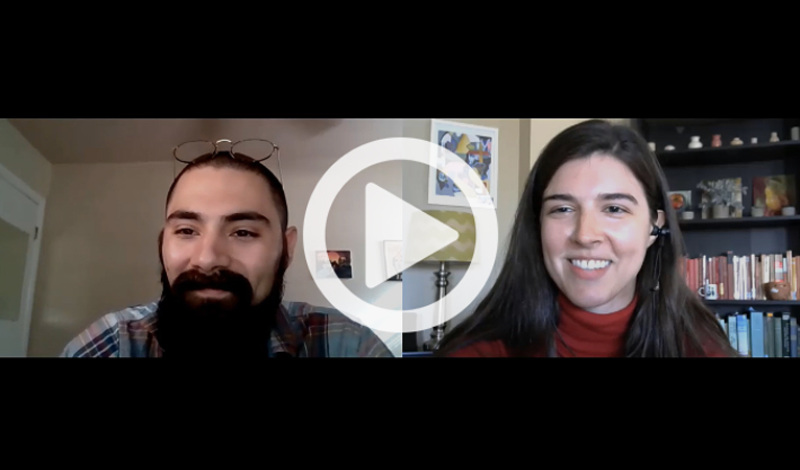

How do journalists see news? Put on a pair of “news goggles” and check out these conversations with professional
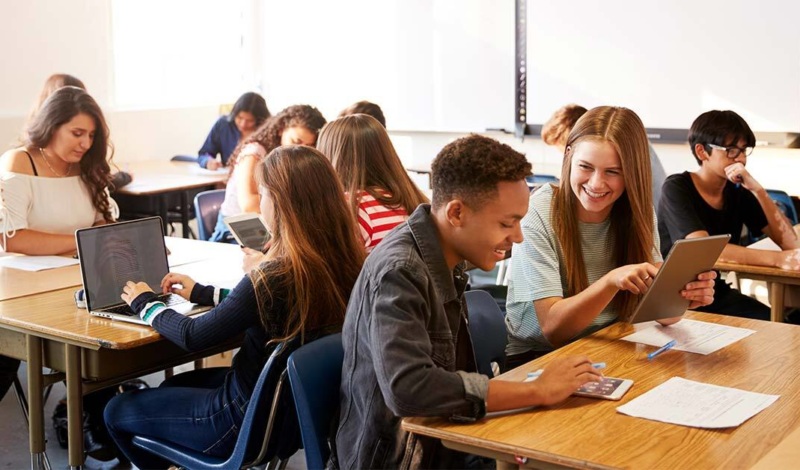

Students will join an “expert” group to learn one specific digital verification skill, then reorganize and join a “jigsaw”
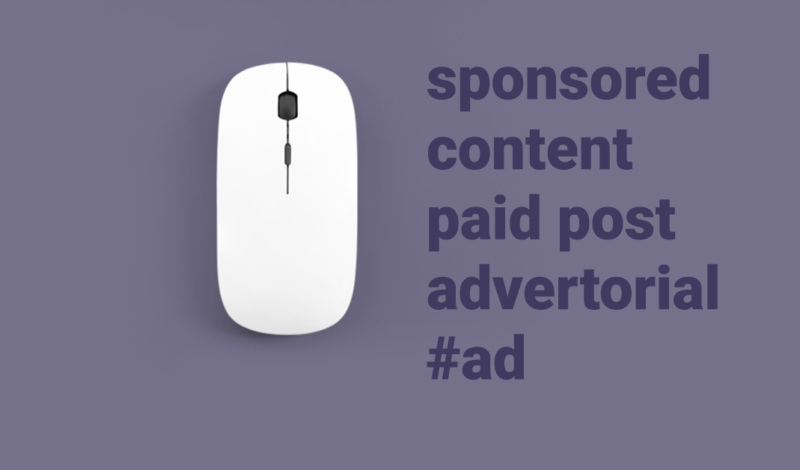

Let's use our news goggles to tell the difference between ads and news — even when they look alike!
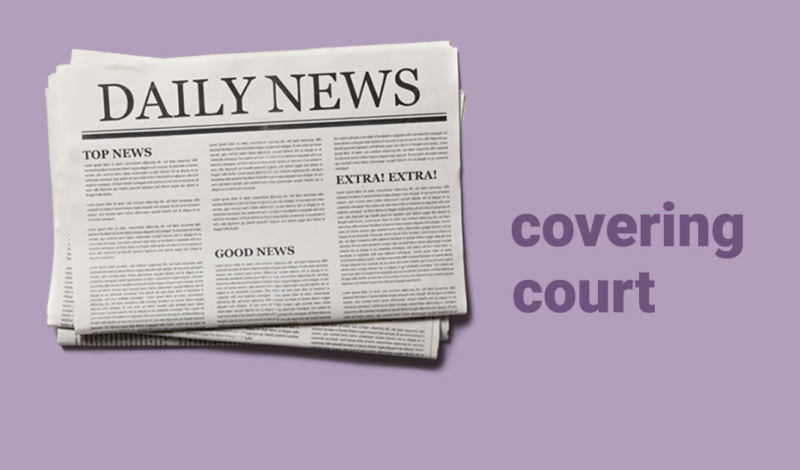

In this edition of News Goggles, let’s look at the trial of Derek Chauvin, a former Minneapolis police officer
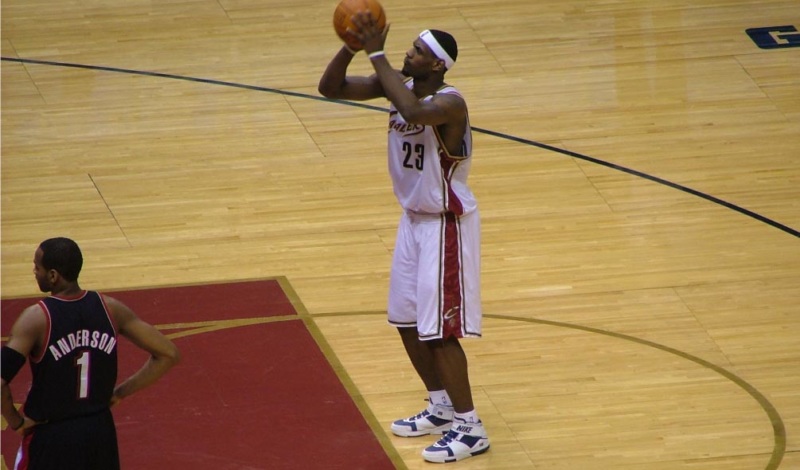

This upper elementary lesson introduces the concepts of fact-based and opinion-based statements using a group activity.
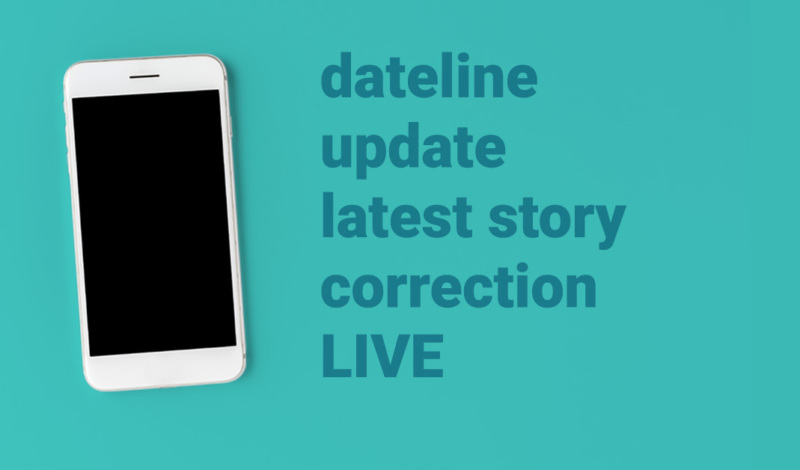

In this edition of News Goggles, let’s examine how some news organizations label updates and show transparency in their
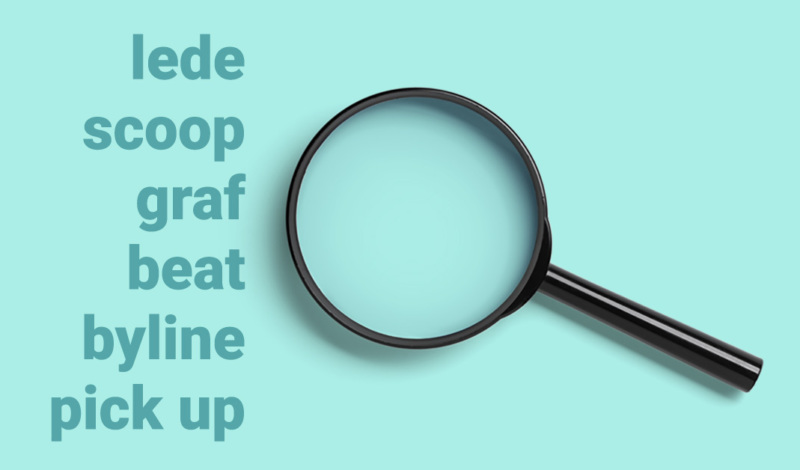

Journalists sometimes speak their own language. It can be hard to keep track!
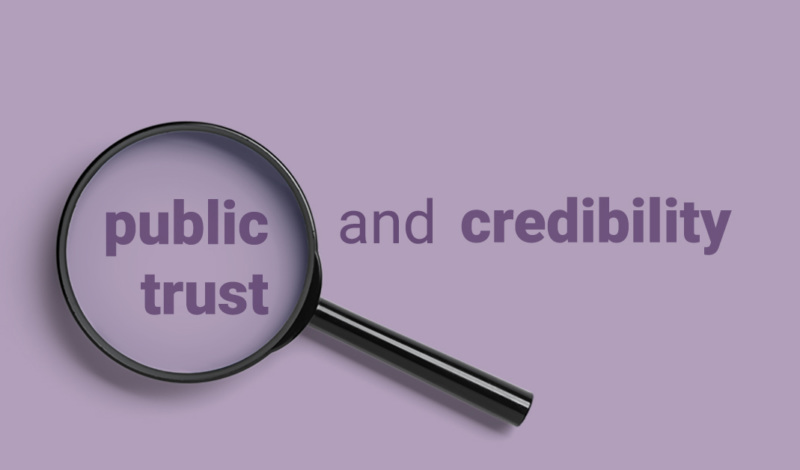

In this edition of News Goggles, let’s examine the controversy over CNN host Chris Cuomo’s coverage of his brother,
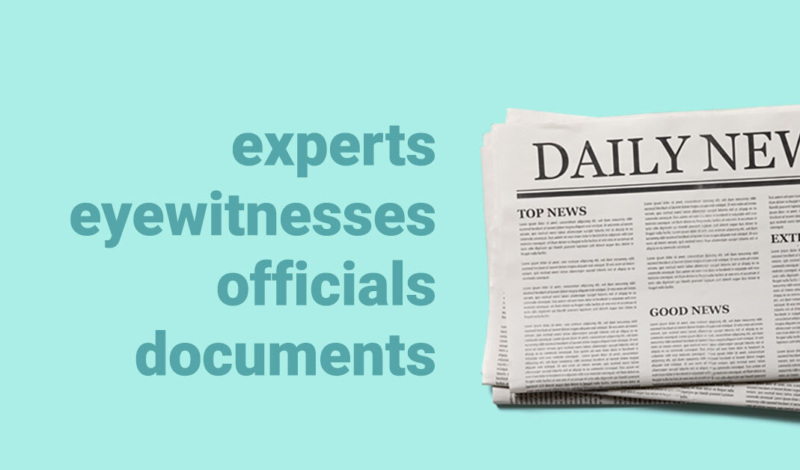

In this edition of News Goggles, let’s take a look at the use of quotes in several stories on the deadly
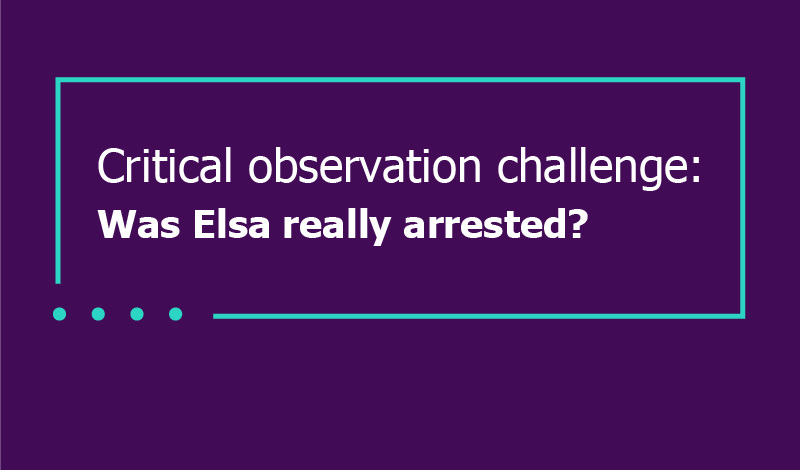

This upper elementary slideshow activity introduces students to “critical observation skills”.
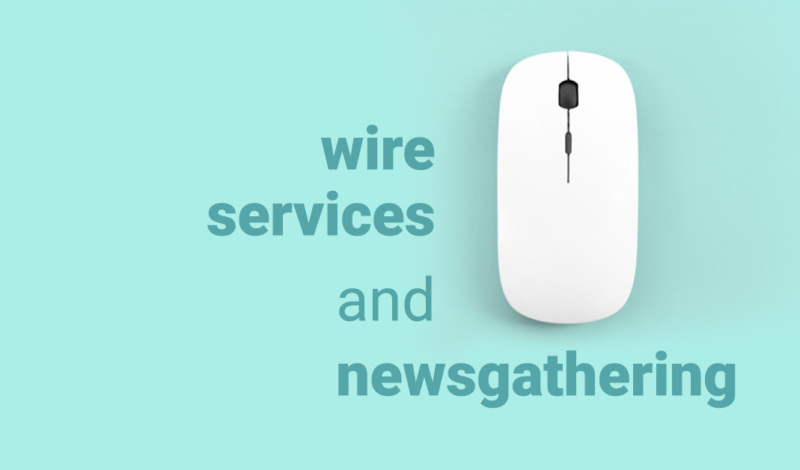

You can’t always assume that a story published by a news organization was also written by that news organization.
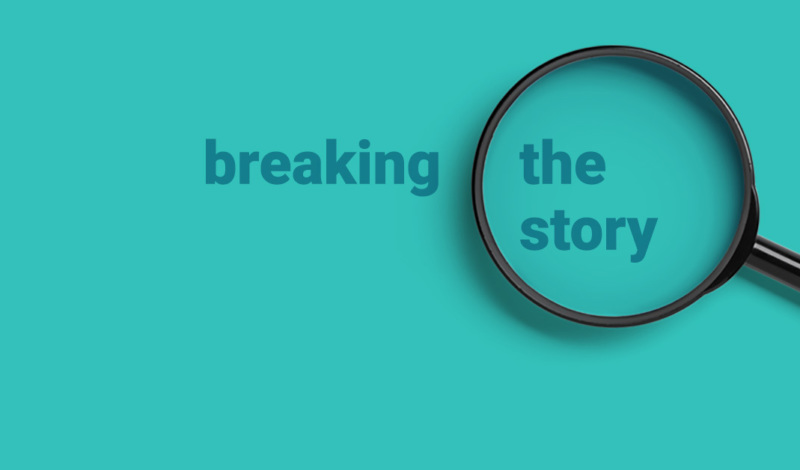

Let’s examine how news organizations chase and verify scoops. Grab your news goggles. Let’s go!
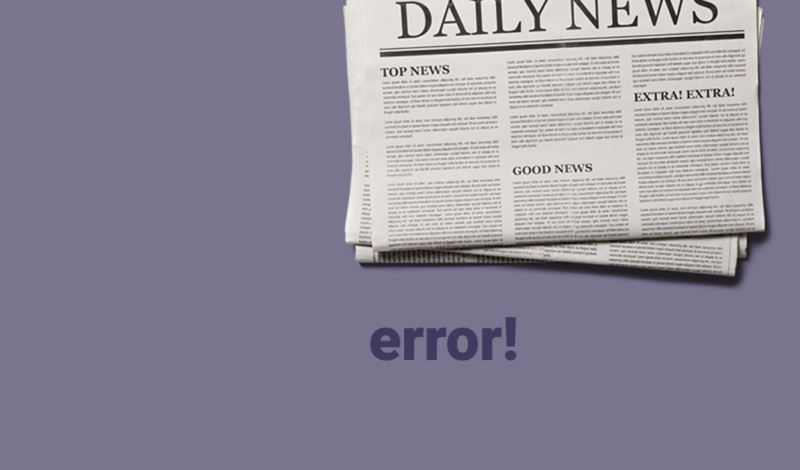

Let’s examine several news reports and consider how different news organizations handled corrections.
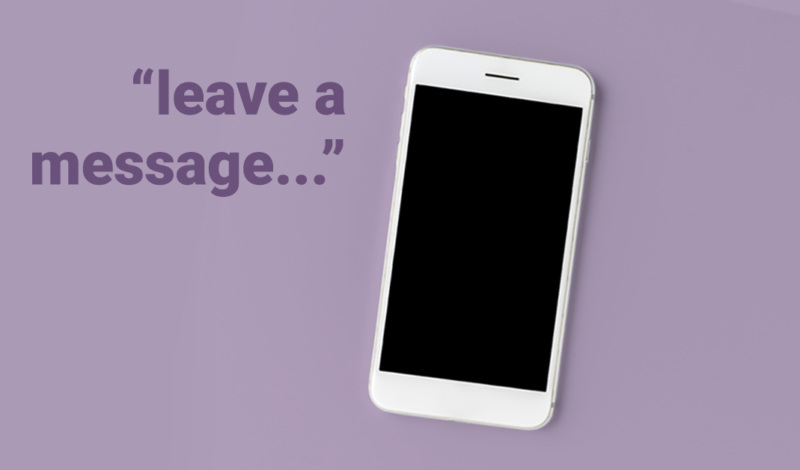

How do journalists report stories when a key source is unavailable or unwilling to share their perspective publicly? Grab
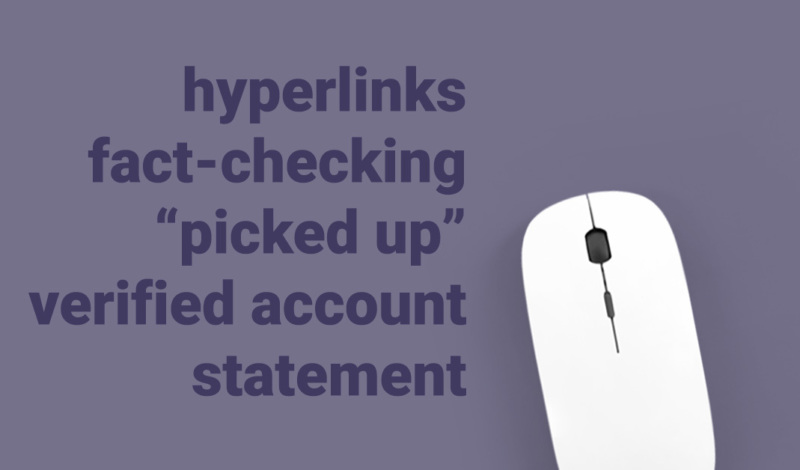

In this edition of News Goggles, we’re going to examine sourcing and the use of hyperlinks in news reports
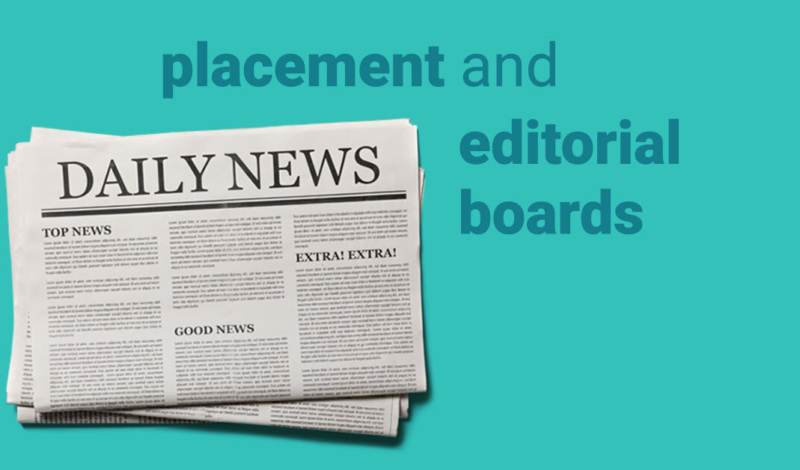

Let’s consider the differences between news and opinion as well as the role of an editorial board at a
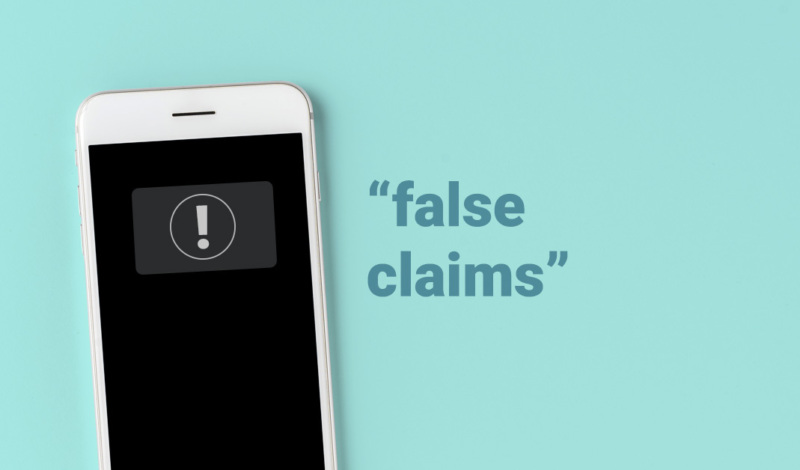

Let’s take a closer look at word choice and framing as we consider how these factors shaped some news
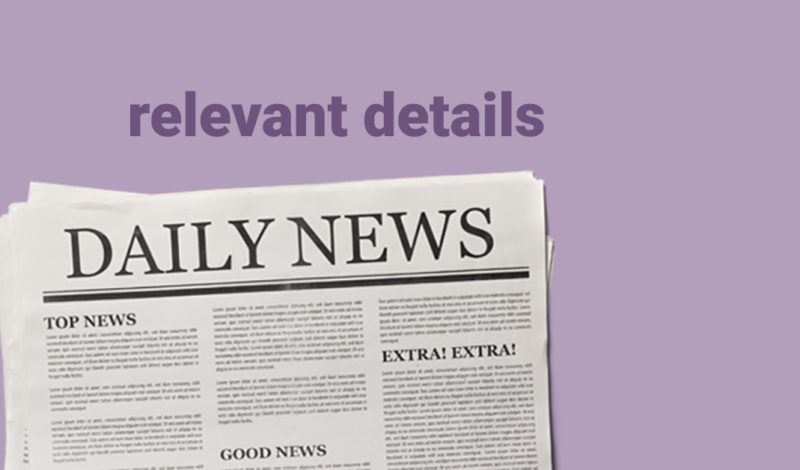

In this edition of News Goggles, we’re going to compare three headlines and examine different approaches by news organizations
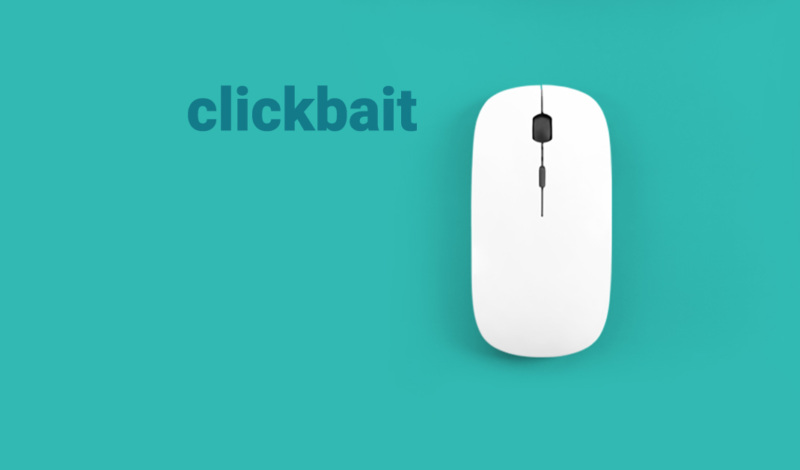

In this edition of News Goggles, let’s examine the controversy at the Bee by comparing two news reports.
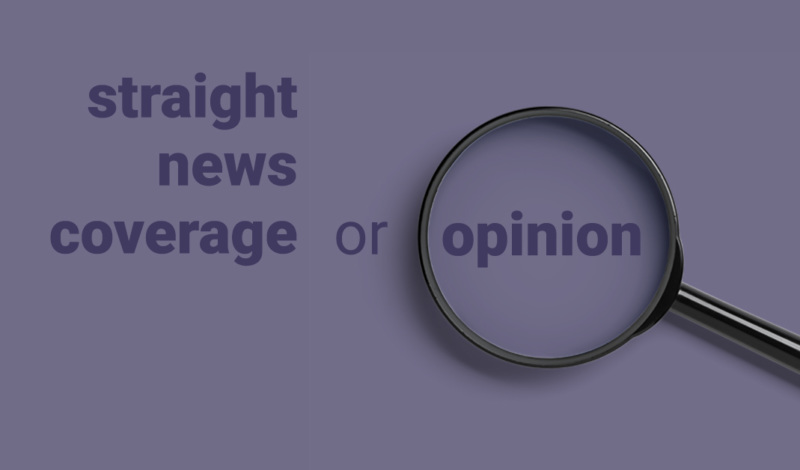

In this edition of News Goggles, let's examine the ongoing debate over The New York Times Magazine’s award-winning 1619 Project.



